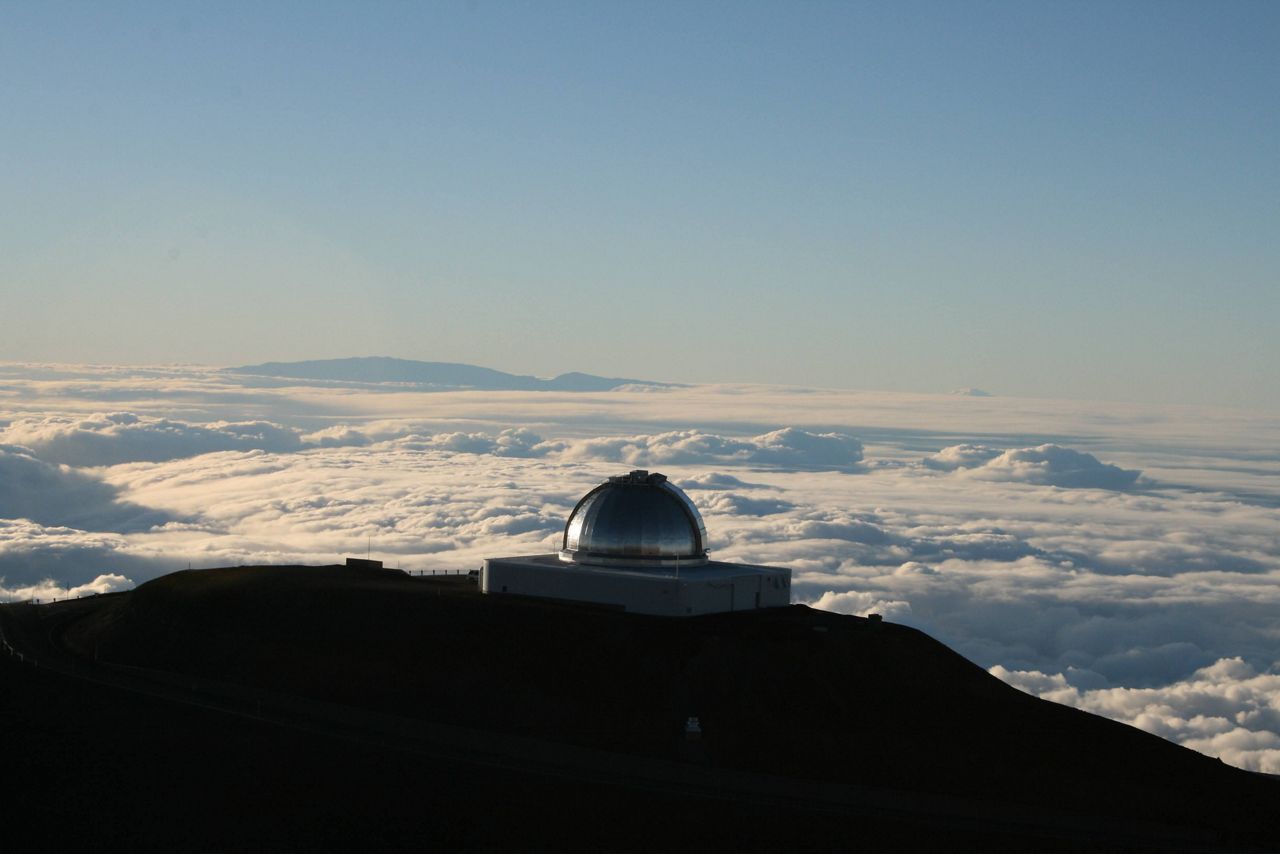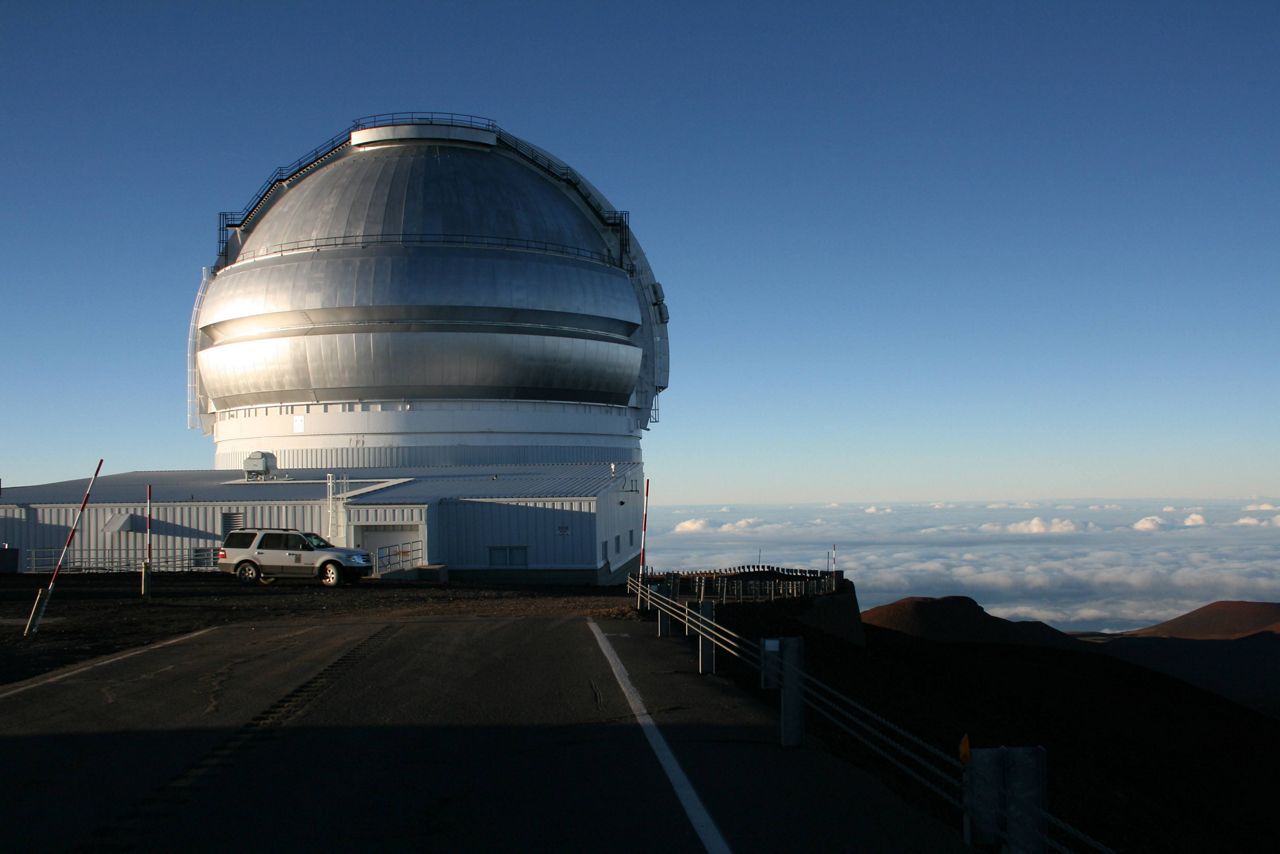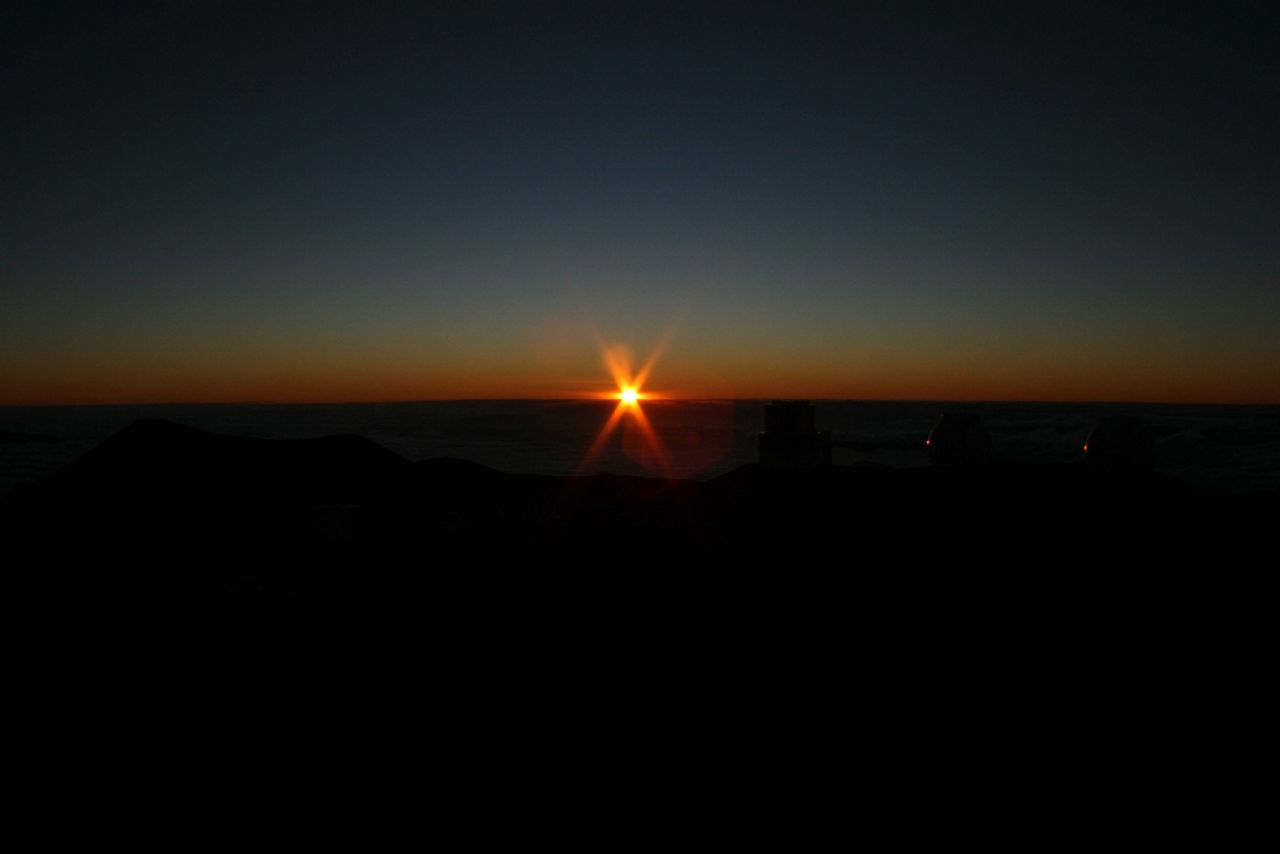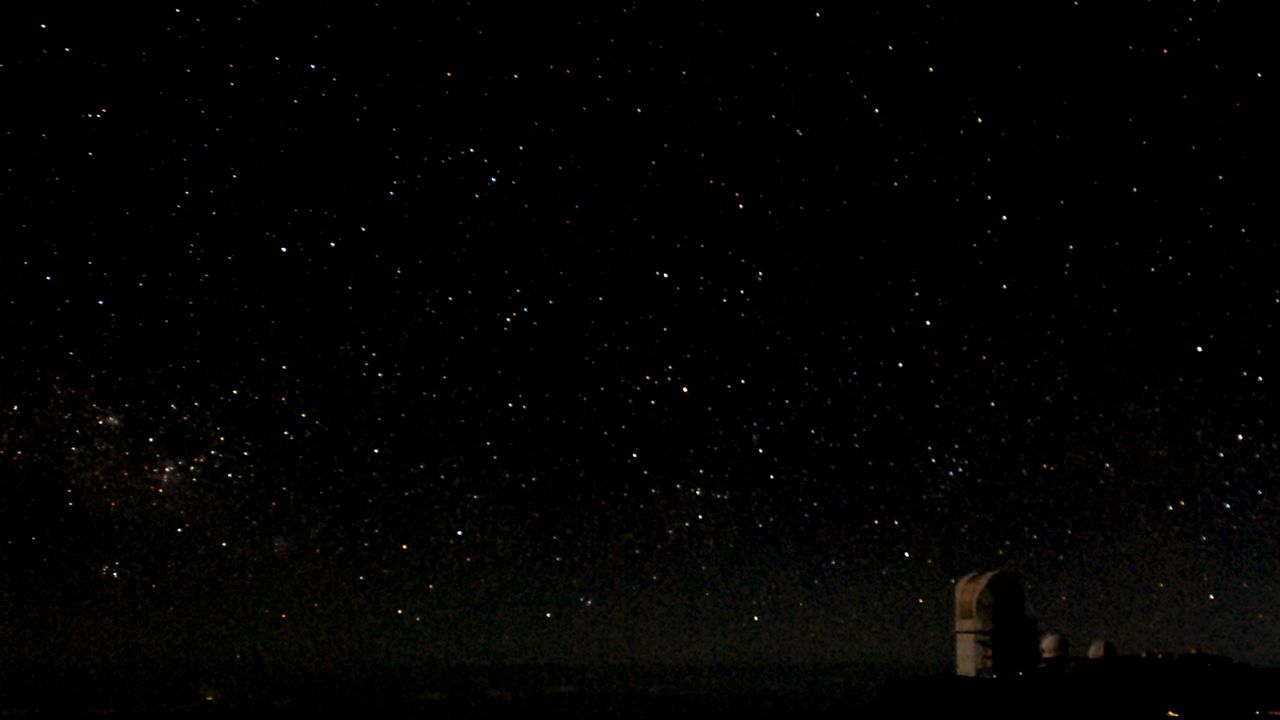It's no surprise that Hawaii's remote location in the middle of the Pacific Ocean makes it an incredible spot to stargaze. But there is one particular spot that stands out above the rest.
Regardless of when and where you go, one thing holds true: there is always something to look at provided the weather cooperates. To see what's in store the rest of the year, check out our celestial calendar.
The U.S. offers plenty of great locations for those captivated by starlit skies- some more notable than others. Most national parks serve as ideal spots. But having the option to stargaze close to home is comforting and convenient.
Weather permitting, of course, the most suitable locations to stargaze include areas with minimal obstructions of the sky and have little to no light pollution. This rules out any places inside or within proximity to our bustling cities.
That said, it is also better to wait until after midnight or the predawn hours when it is the darkest.
Astronomers also advise that you plan your trip in the days right before, during and after the new moon. Believe it or not, the brightness of the full moon alone can sometimes be enough to limit views regardless of where you are.
Mauna Kea ranks as one of the country’s top stargazing spots and offers some of the most scenic views of our galaxy.
Located on the Big Island, Mauna Kea is the tallest mountain in Hawaii, reaching up 13,803 feet at the summit.
Despite the lack of oxygen, there's a reason some of the world's most prestigious observatories set up near the summit. The lack of light pollution is one, and Mauna Kea’s high elevation is a key advantage for examining the night sky.

Most of the Mauna Kea Observatories near the top sit above the clouds, ensuring clear skies most nights. But with that, higher altitudes also yield crisper views of the night sky since there is less atmosphere to "look through."
With near-perfect gazing conditions almost year round, it's no wonder Mauna Kea's peak is a suitable spot for astronomical research. To date, there are 13 large, state-of-the-art telescopes housed near the top, owned and operated by 12 different institutions.

Unfortunately, these telescopes are not accessible to the public.
Prior to the COVID-19 pandemic, the free stargazing program held at the Onizuka Center for International Astronomy Visitor Information Station (VIS) allowed visitors the opportunity to check out the stars through the lenses of their telescopes.
When the event was active, those who attended also had the chance to talk to the local astronomer on duty to assist and answer any questions about the cosmos.
At an elevation around 9,200 feet, the VIS is located down a bit from the summit, but still worth a visit, even if it’s just to get acclimated to the higher altitudes or check out the cool merchandise at the gift shop.
The journey to the top of Mauna Kea is not for everyone and could pose health concerns for those with underlying issues. Otherwise, it could be the experience of a lifetime for the younger and healthier generations- or those fit for the trip.
From a personal standpoint, I was lucky enough to stargaze here… and let me tell you, it took my breath away (quite literally).
Travel tip? Head to the top of the mountain and watch the sunset, then head back down to the VIS to go stargazing at night. Between the stunning sunset views at the summit to the surreal scenes of the night sky, the entire experience left me star-struck.

Those traveling up on their own terms should only do so in a vehicle that has four-wheel drive and make sure you've filled your car’s tank beforehand.
The steep incline and thin air at the higher elevations will burn through gas fast and there’s no gas station at the top of the mountain.
Our team of meteorologists dive deep into the science of weather and break down timely weather data and information. To view more weather and climate stories, check out our weather blogs section.



